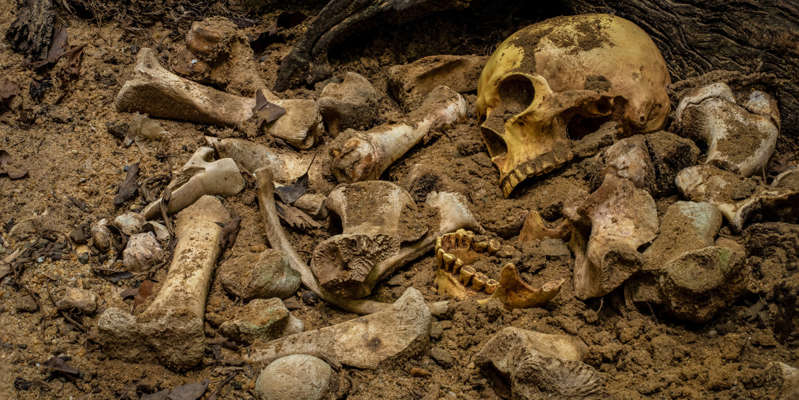
Nesher Ramla people: remains of an unknown species of ancient people found in Israel
Archaeologists have discovered the remains of a previously unknown species of archaic people. This population existed several hundred thousand years ago in the Levant (eastern Mediterranean), reports Nature .
During the excavations, fragments of the skull and jaw bones were found. Research has shown that they did not belong to Homo sapiens or Neanderthals.
The new species was named by the people of Nesher Ramla, after a place in Israel. They may have been the ancestors of the Neanderthals who later settled in Europe.
“The discovery of a new type of person is of great scientific importance,” said lead author of the scientific work, anthropologist Israel Hershkovitz of Tel Aviv University in Israel.
The people of Nesher Ramla lived in the Middle Pleistocene (474,000-130,000 years ago). The remains were found at a depth of eight meters. They consisted of the parietal bones – the upper and lateral parts of the skull – and an almost complete lower jaw, including a complete molar and most of the dental roots.
Virtual reconstruction, analysis and comparison of these bones with other fossilized hominid bones have indicated unusual features. The lower jaw and teeth were more like the jaws and teeth of the Neanderthals, and the parietal bones were more like the bones of an archaic man. At the same time, the reconstructed skull was very different from the skull of H. Sapiens. It had a different structure and larger teeth, and also lacked a chin.
Scientists have come to the conclusion that the people of Nesher Ramla have coexisted with Homo sapiens for a hundred thousand years. They could interact with each other, since the people had reached a very high level of development. This is indicated by the sophisticated technologies for the manufacture of stone tools.
The researchers were unable to isolate DNA from the bones. But even without it, they received important information about the evolution and migration of hominids. The Levant connects Asia, Africa and the Mediterranean Sea, so the migration routes of many archaic people lay through it.
“Our findings imply that the famous Neanderthals of Western Europe are just the remnants of a much larger population that lived here in the Levant,” the authors of the scientific paper noted.
Earlier, scientists have reconstructed the history of the settlement of Denisova Cave. Neanderthals and Denisovans lived there.

